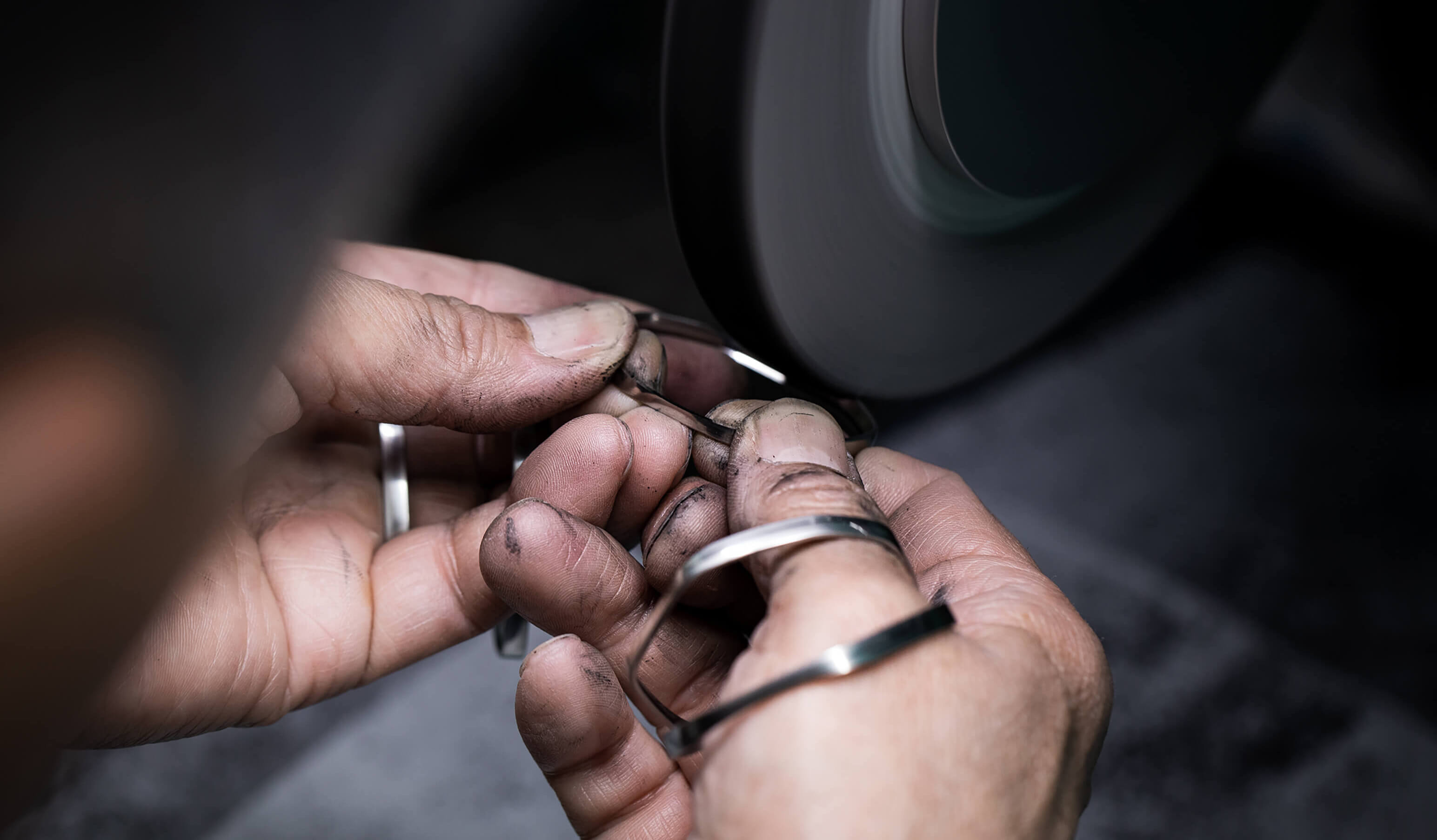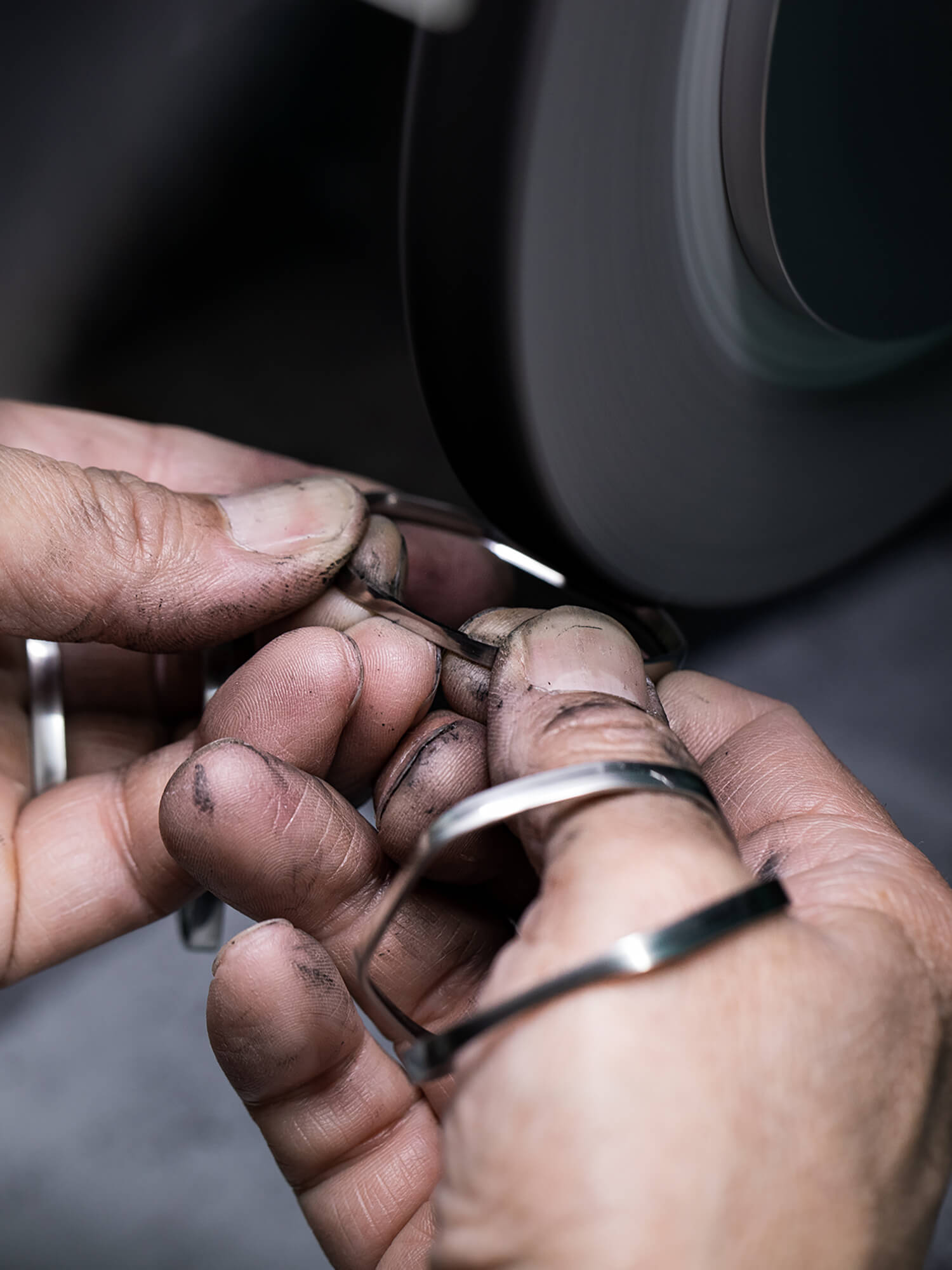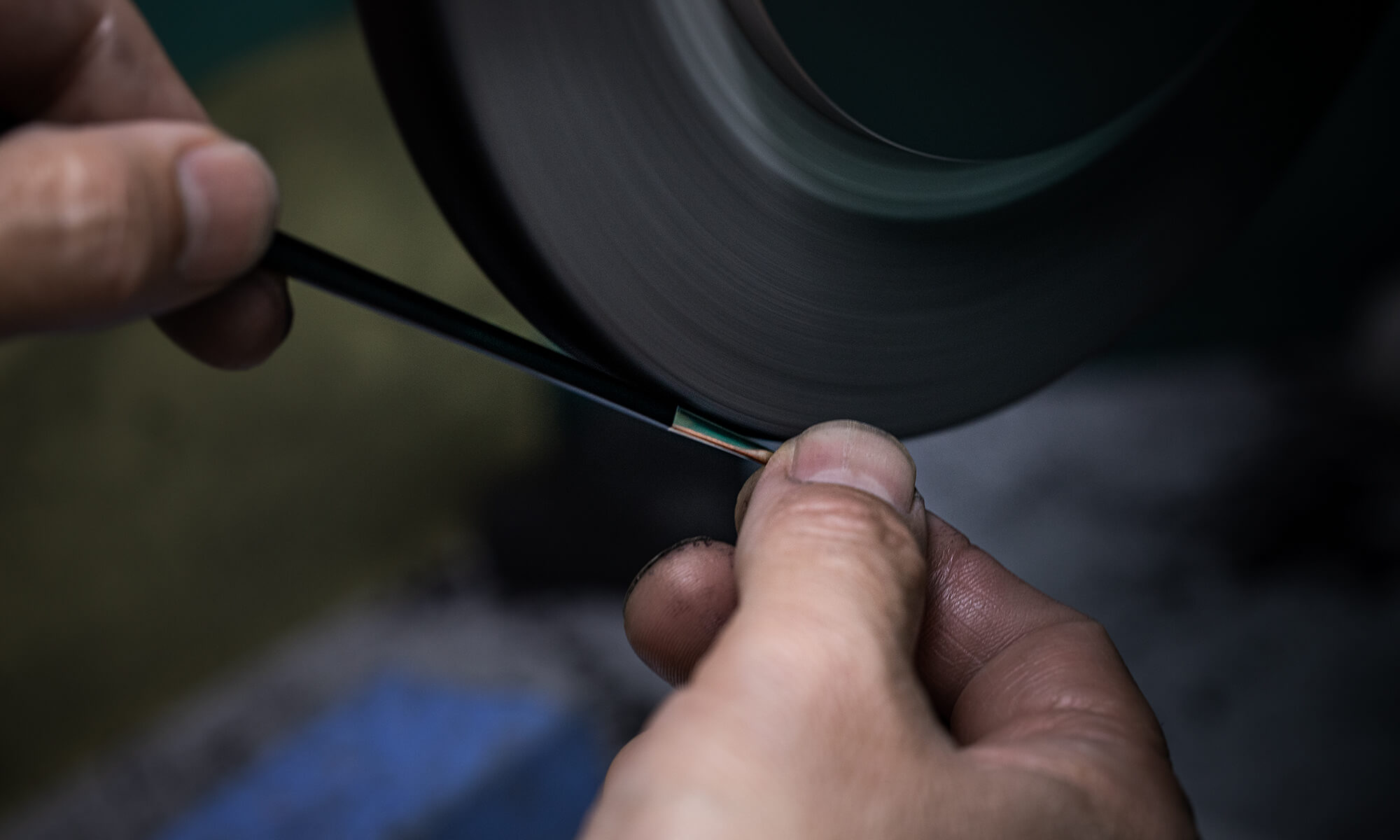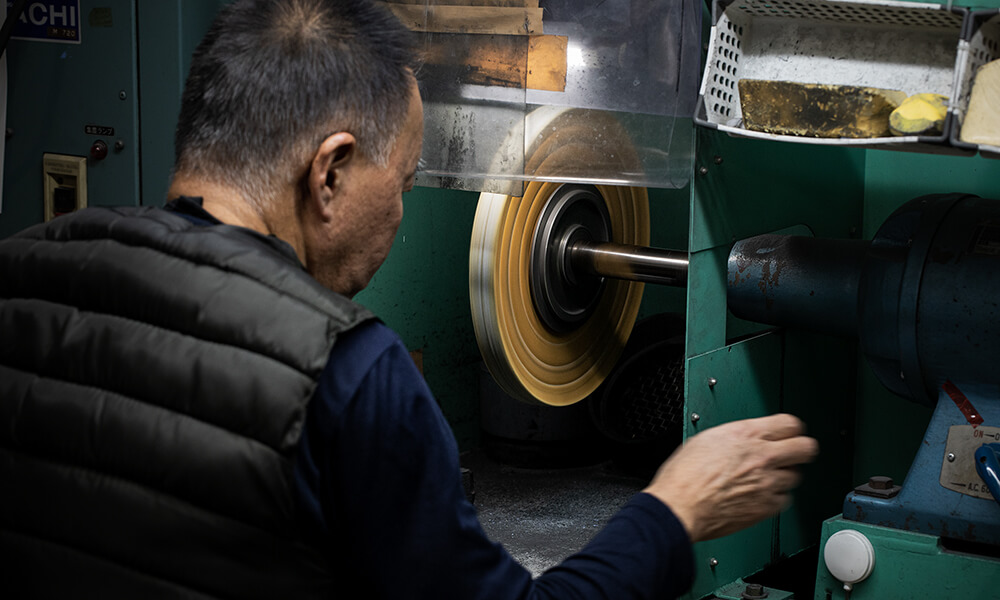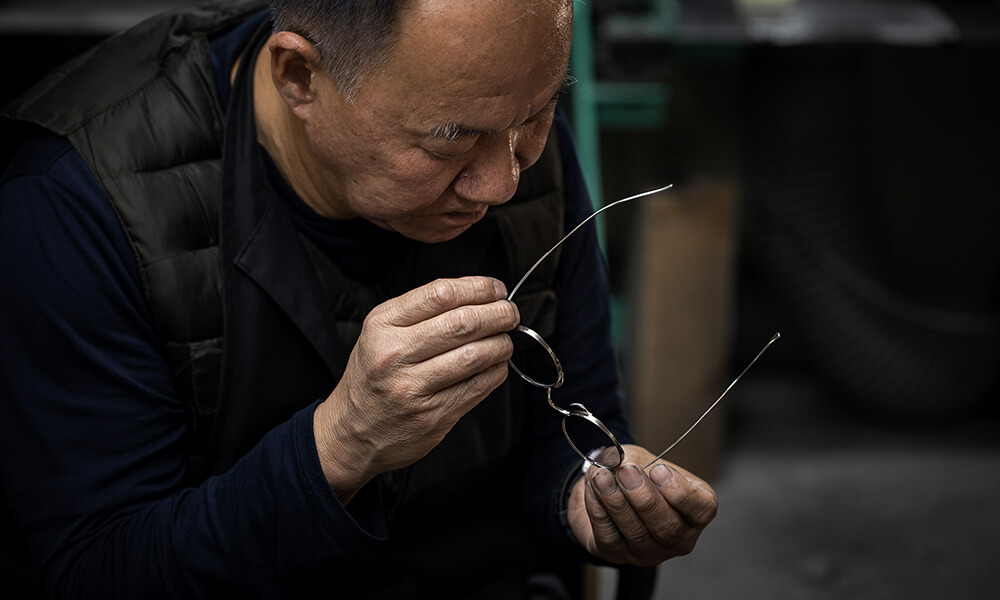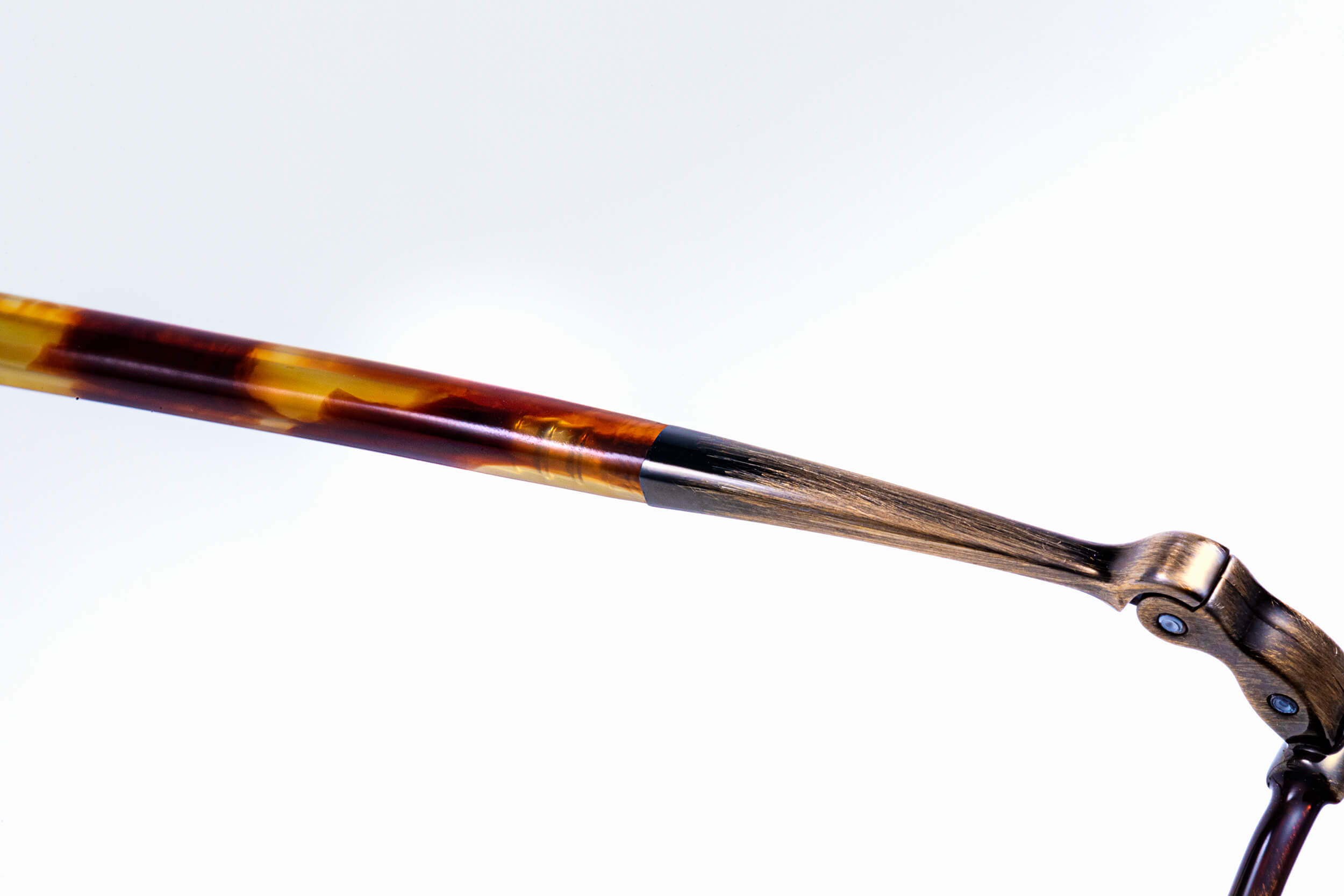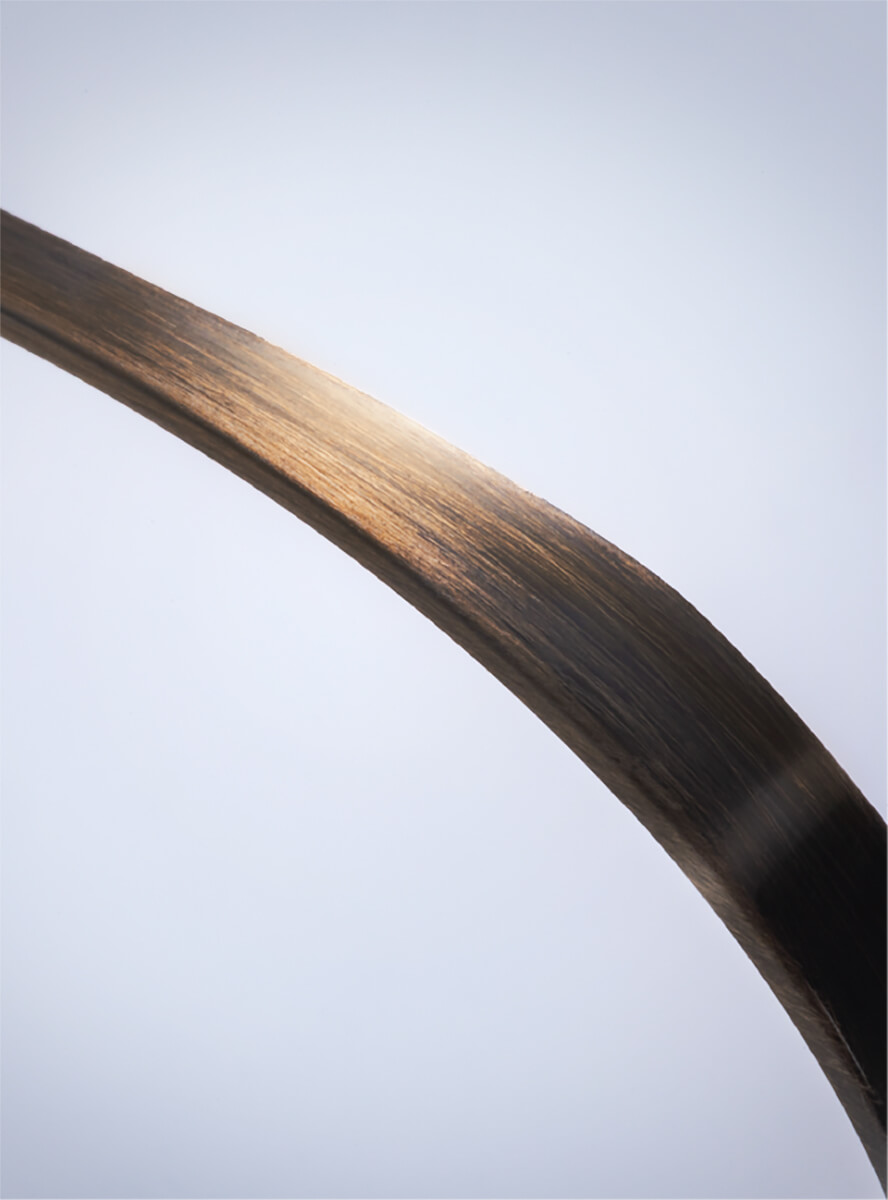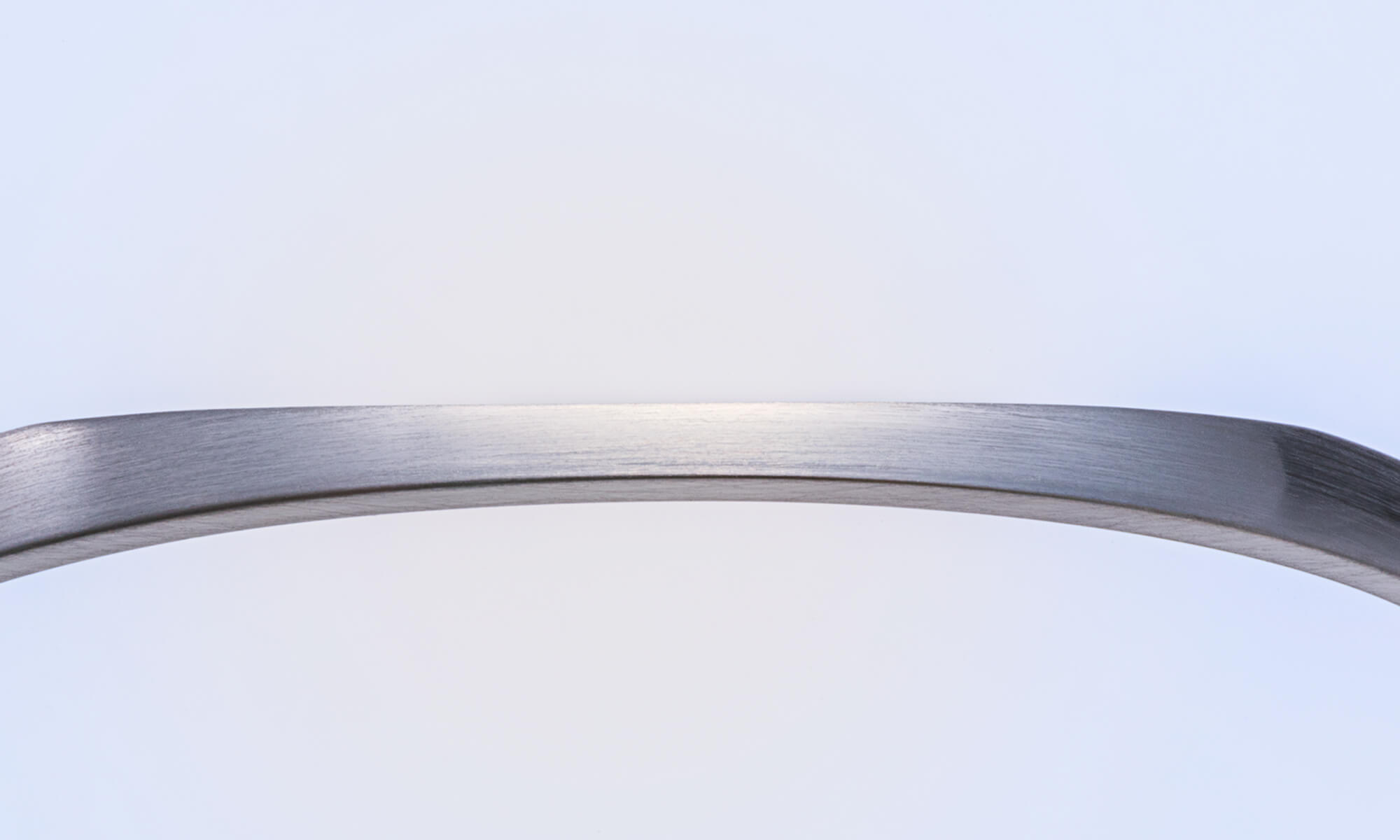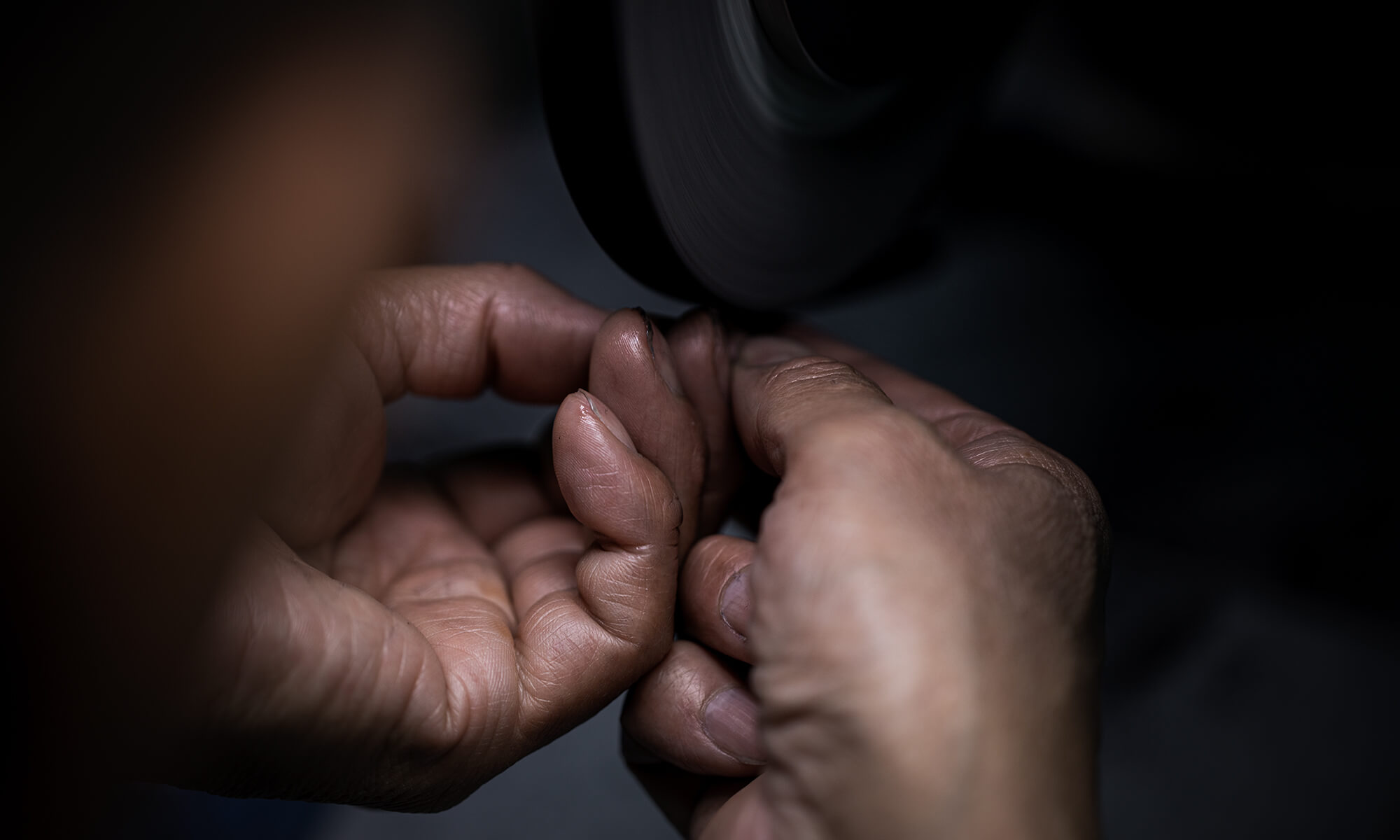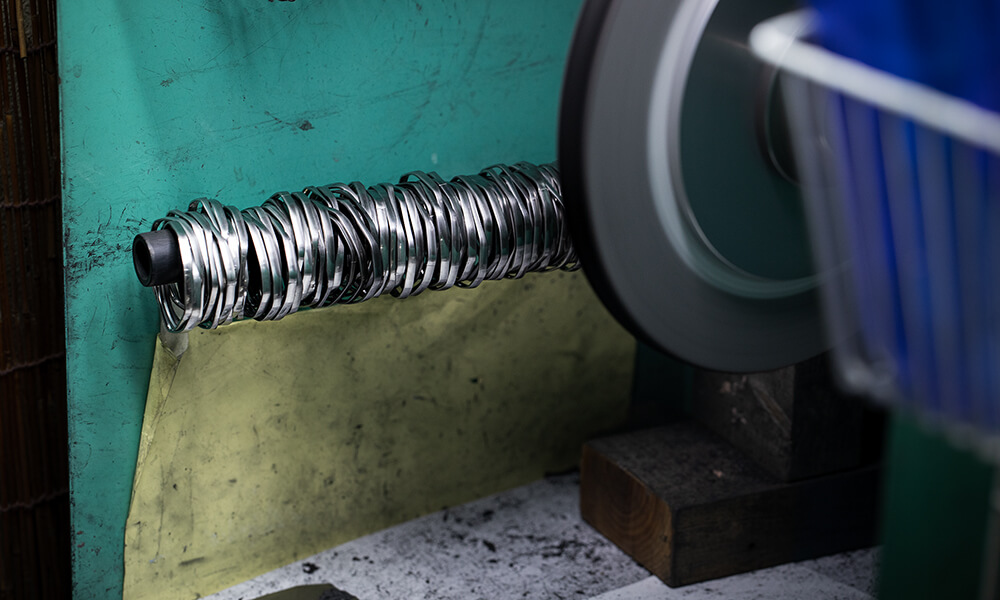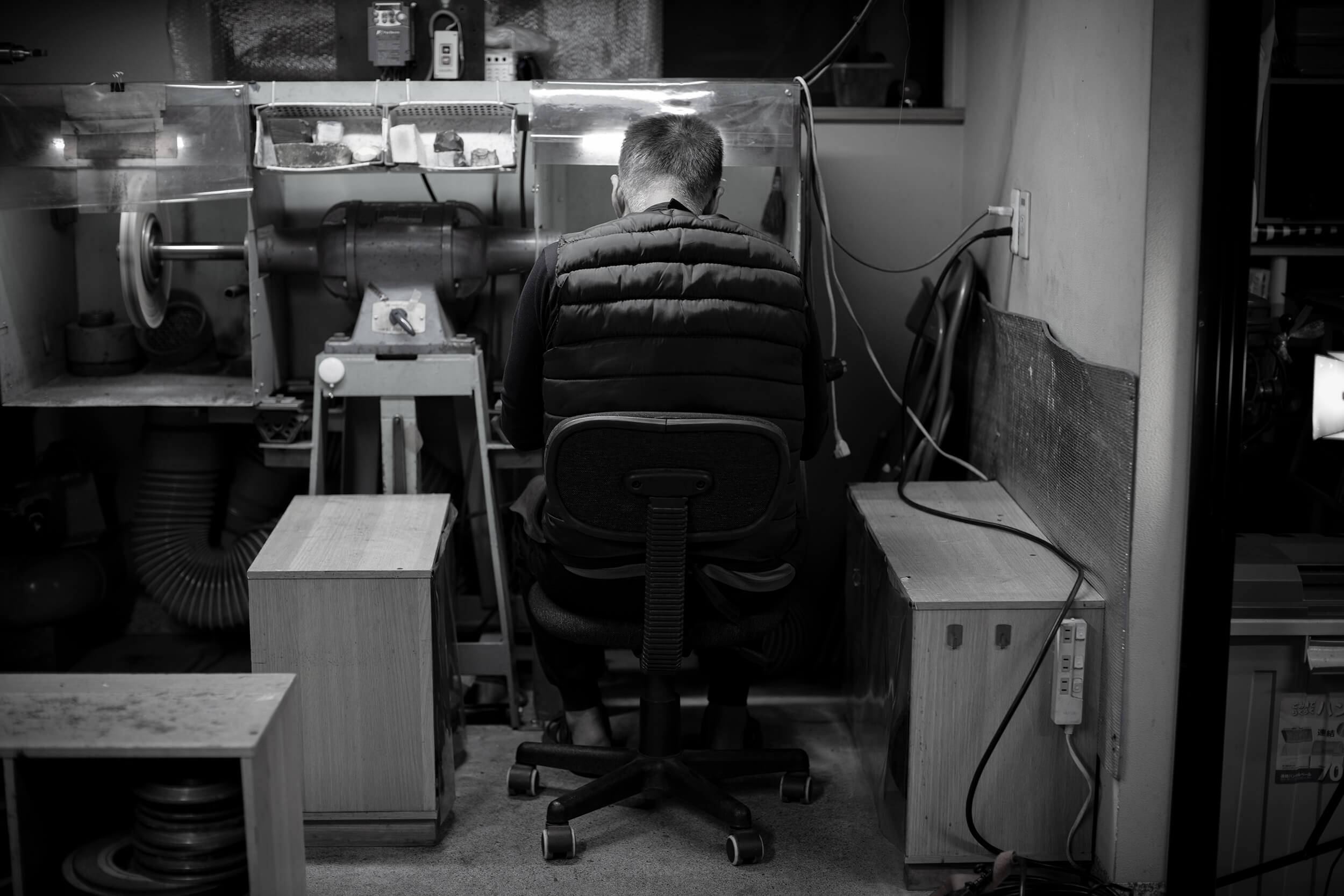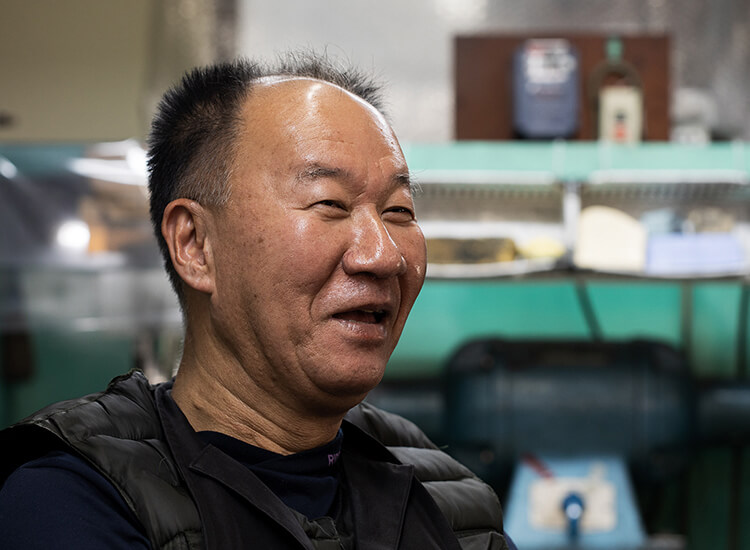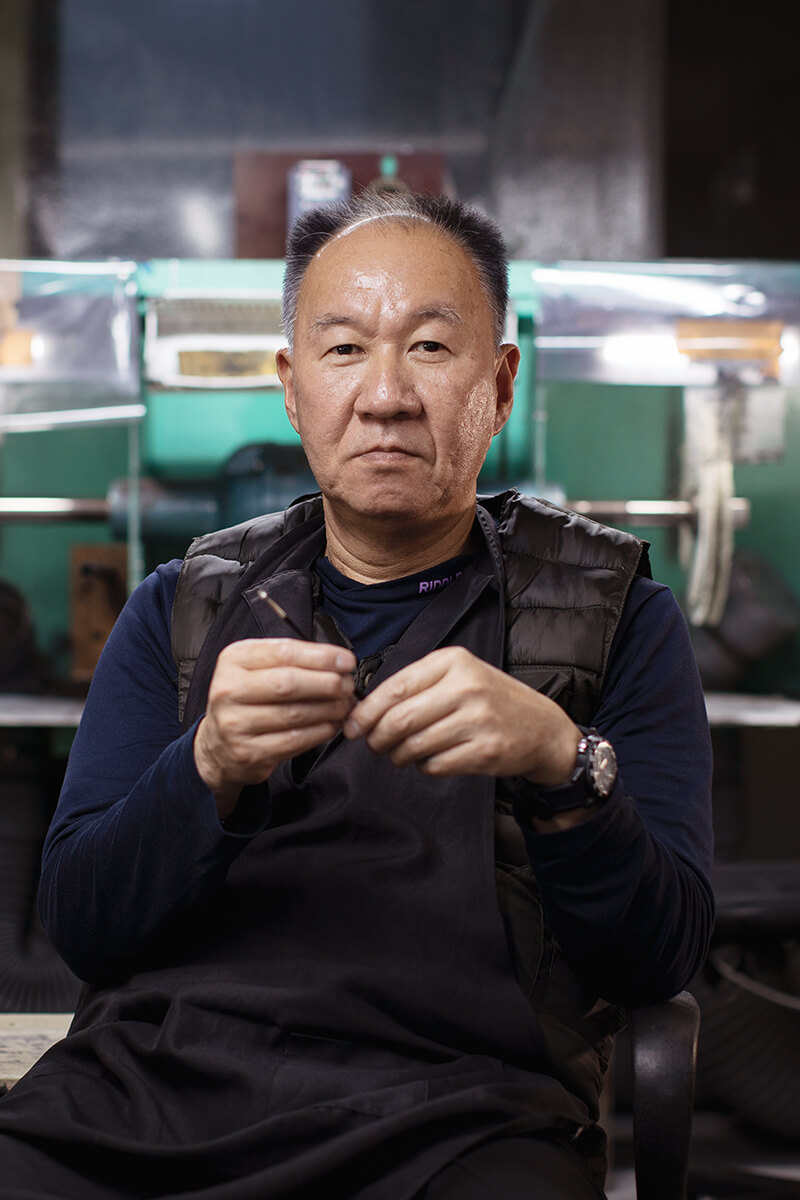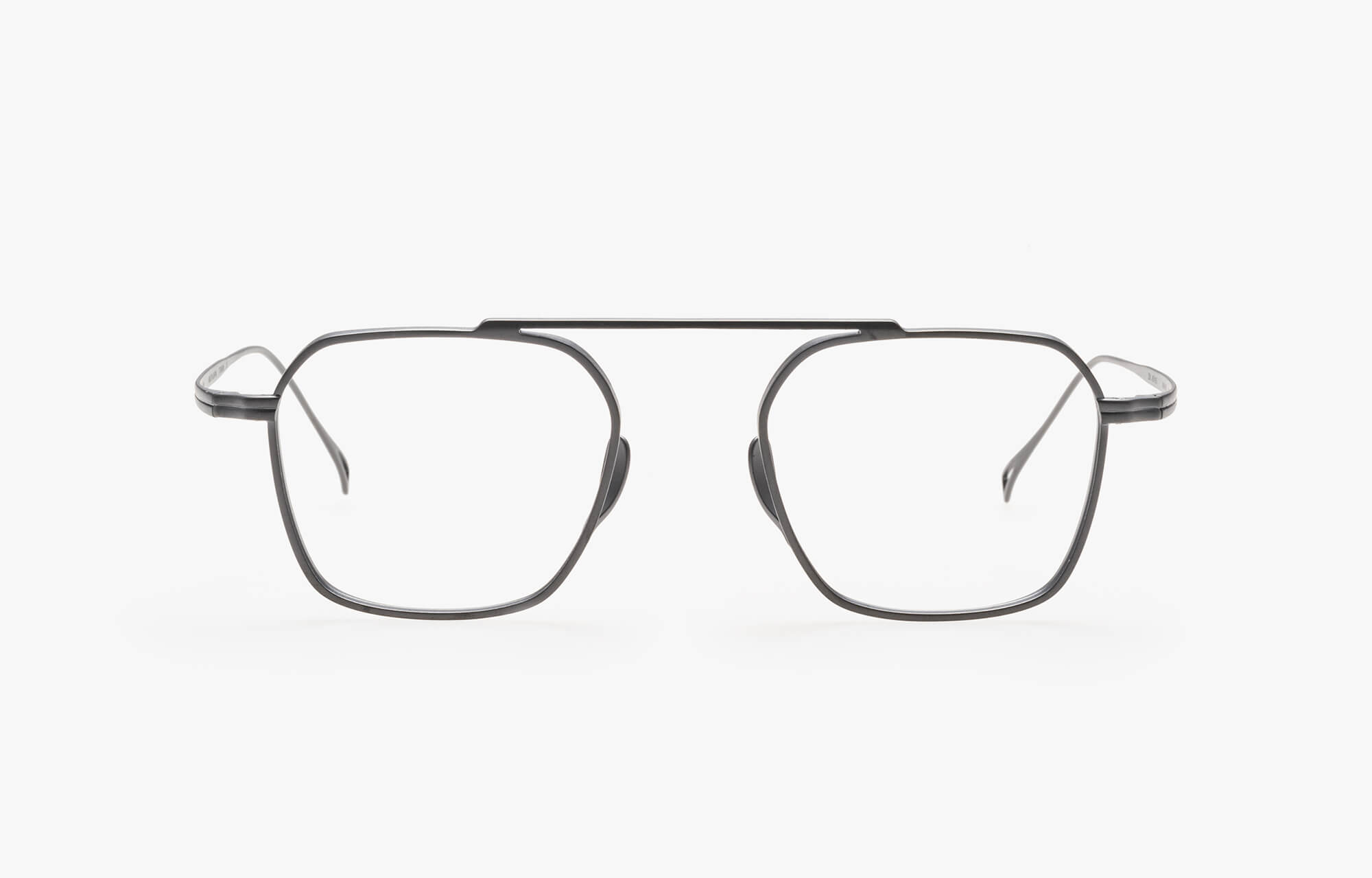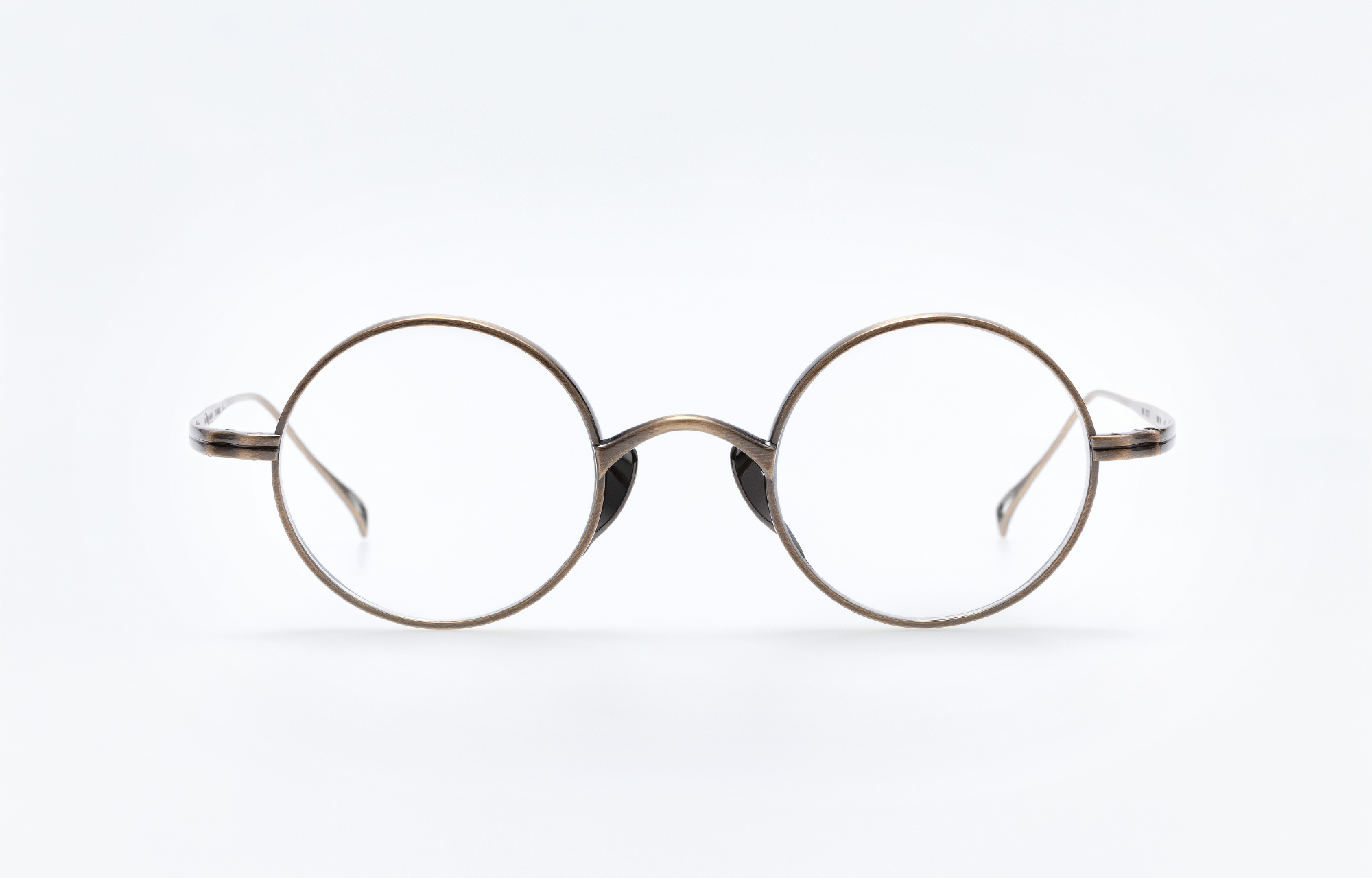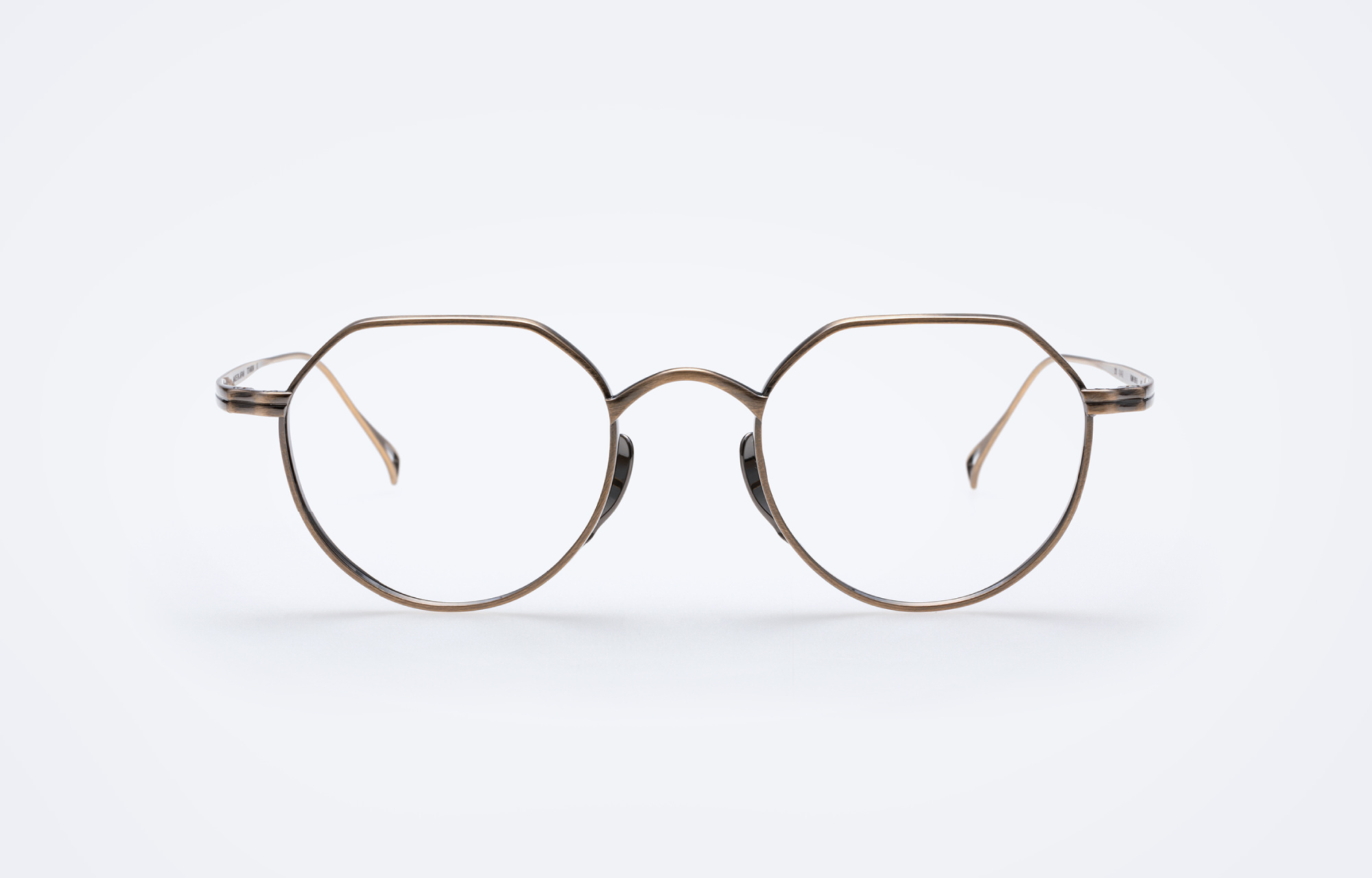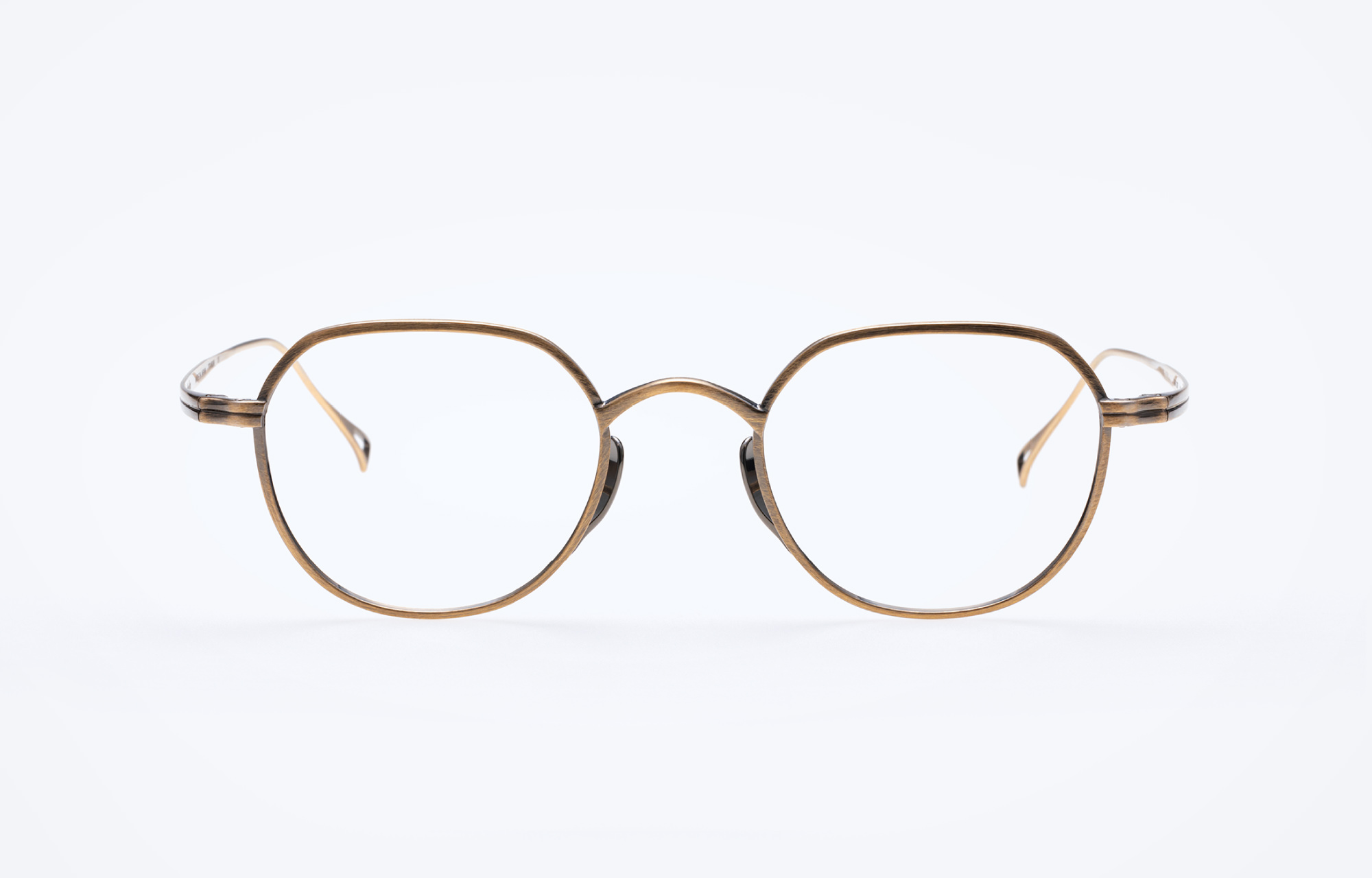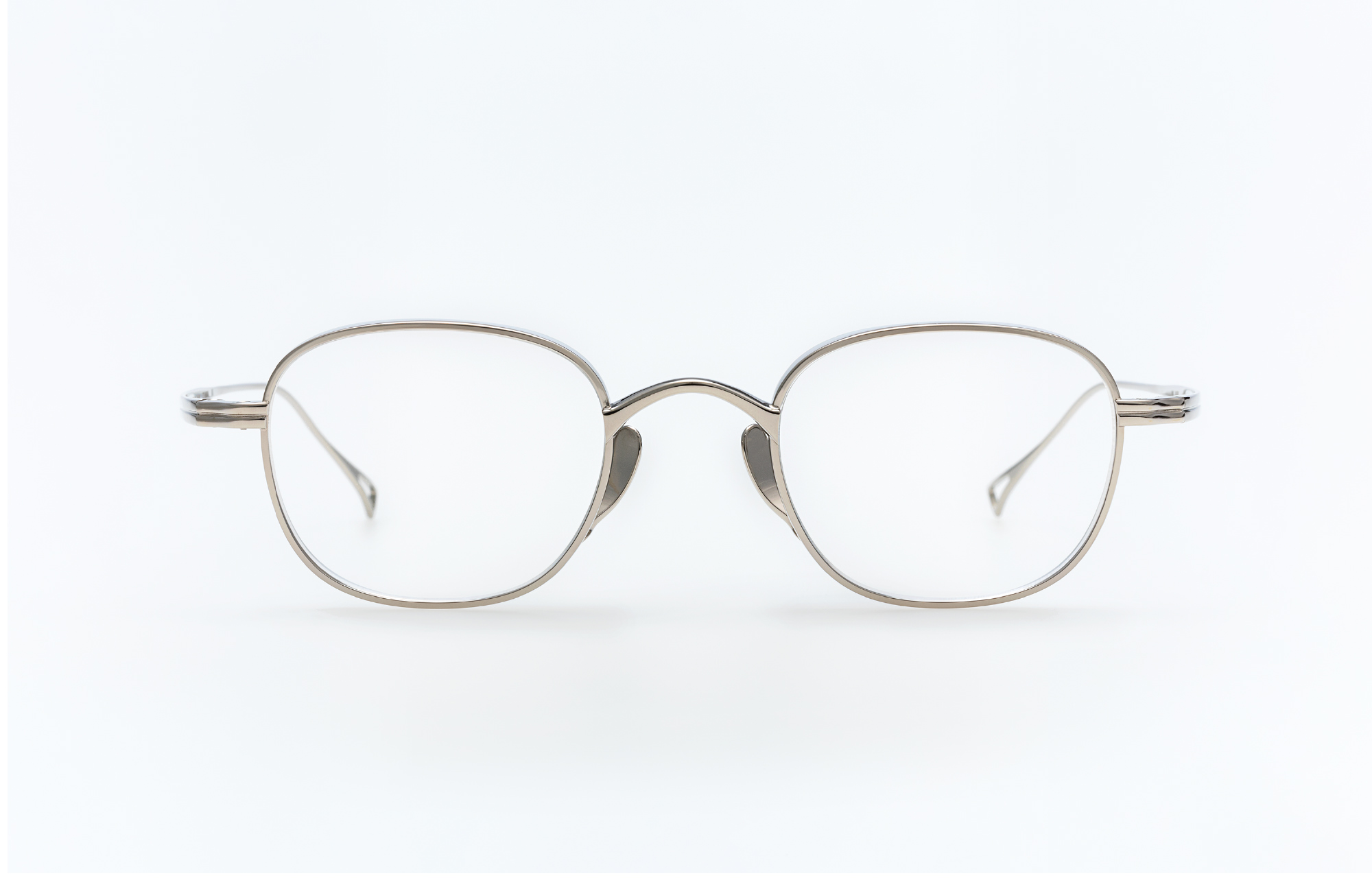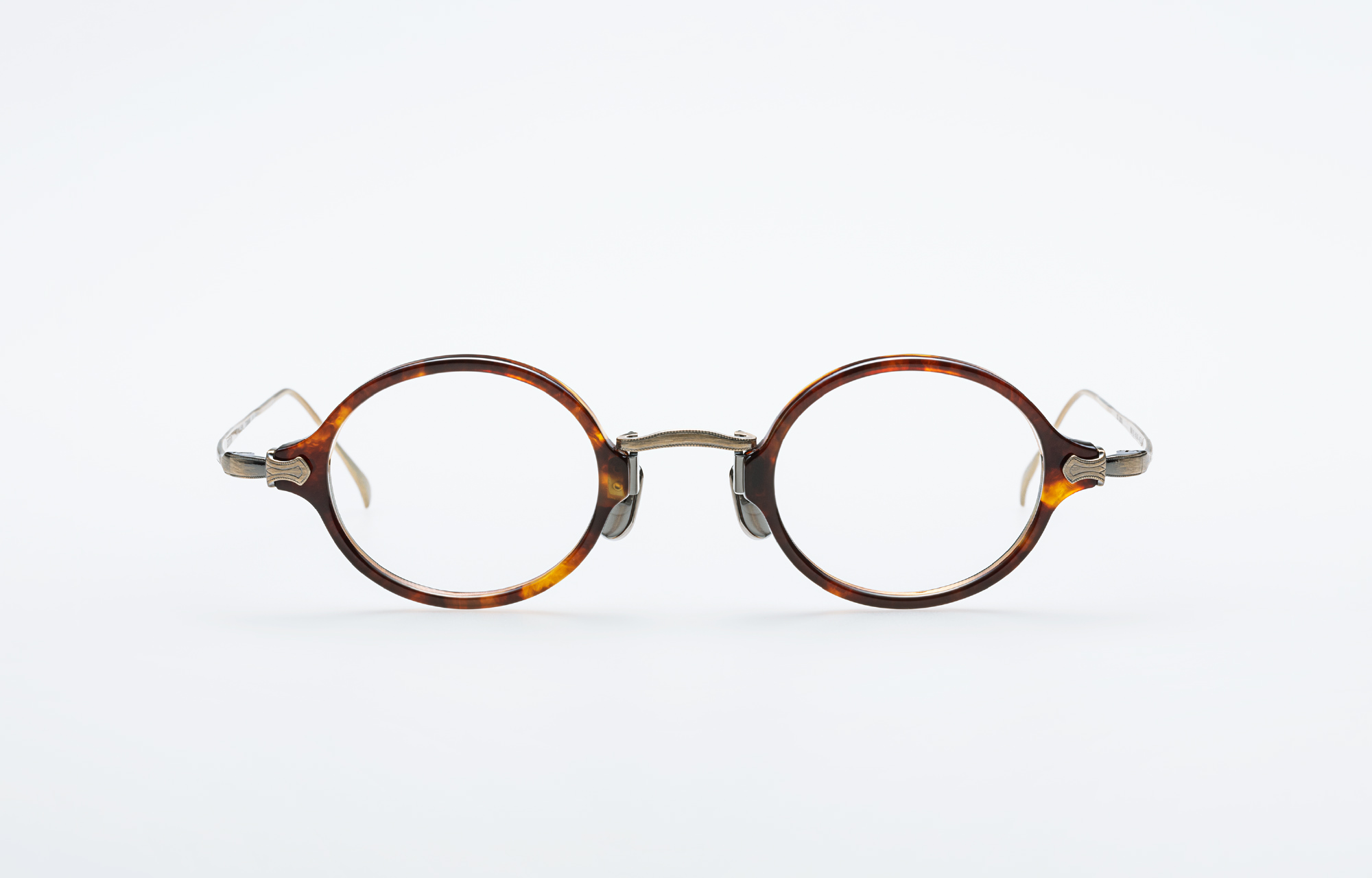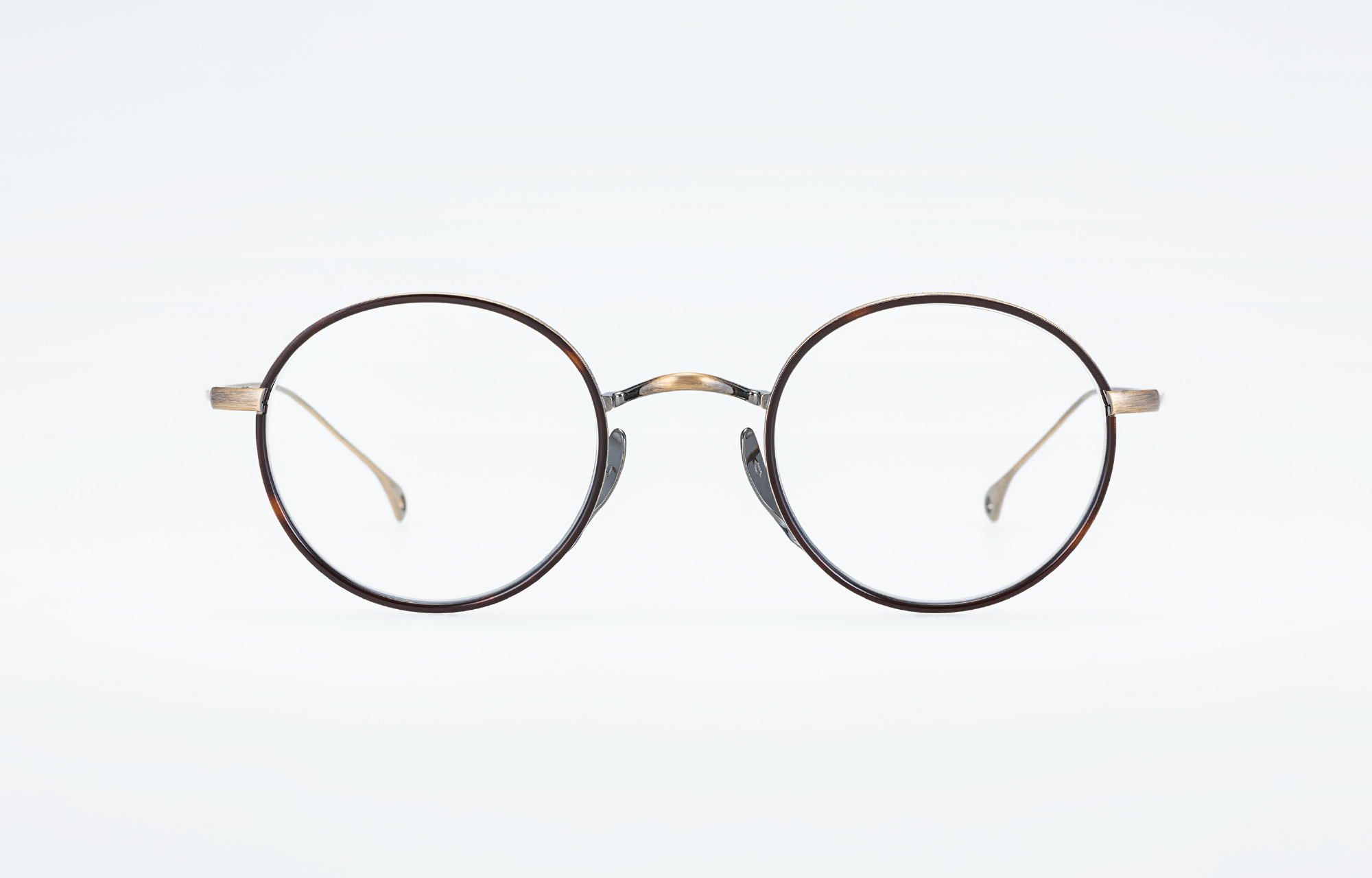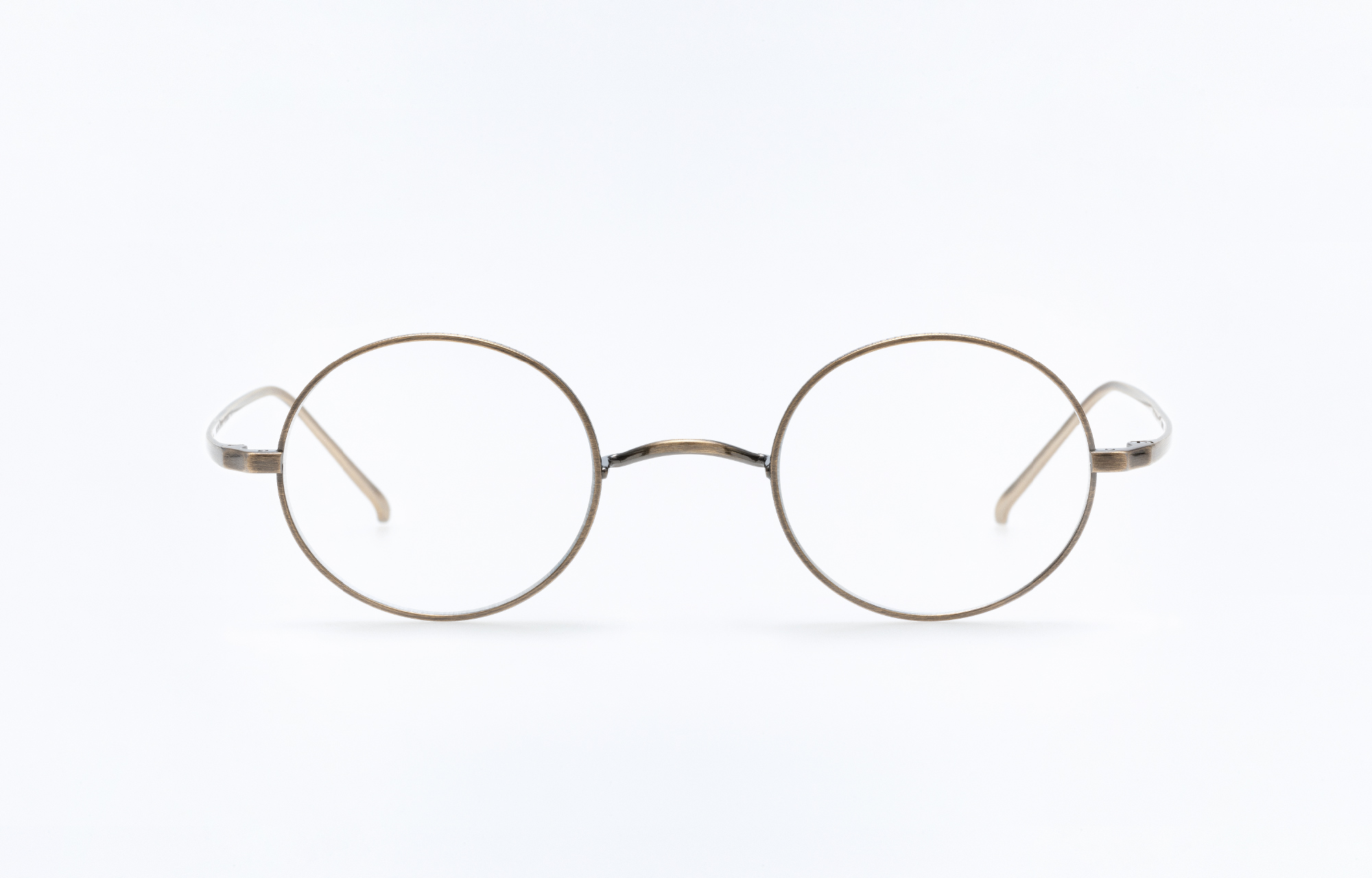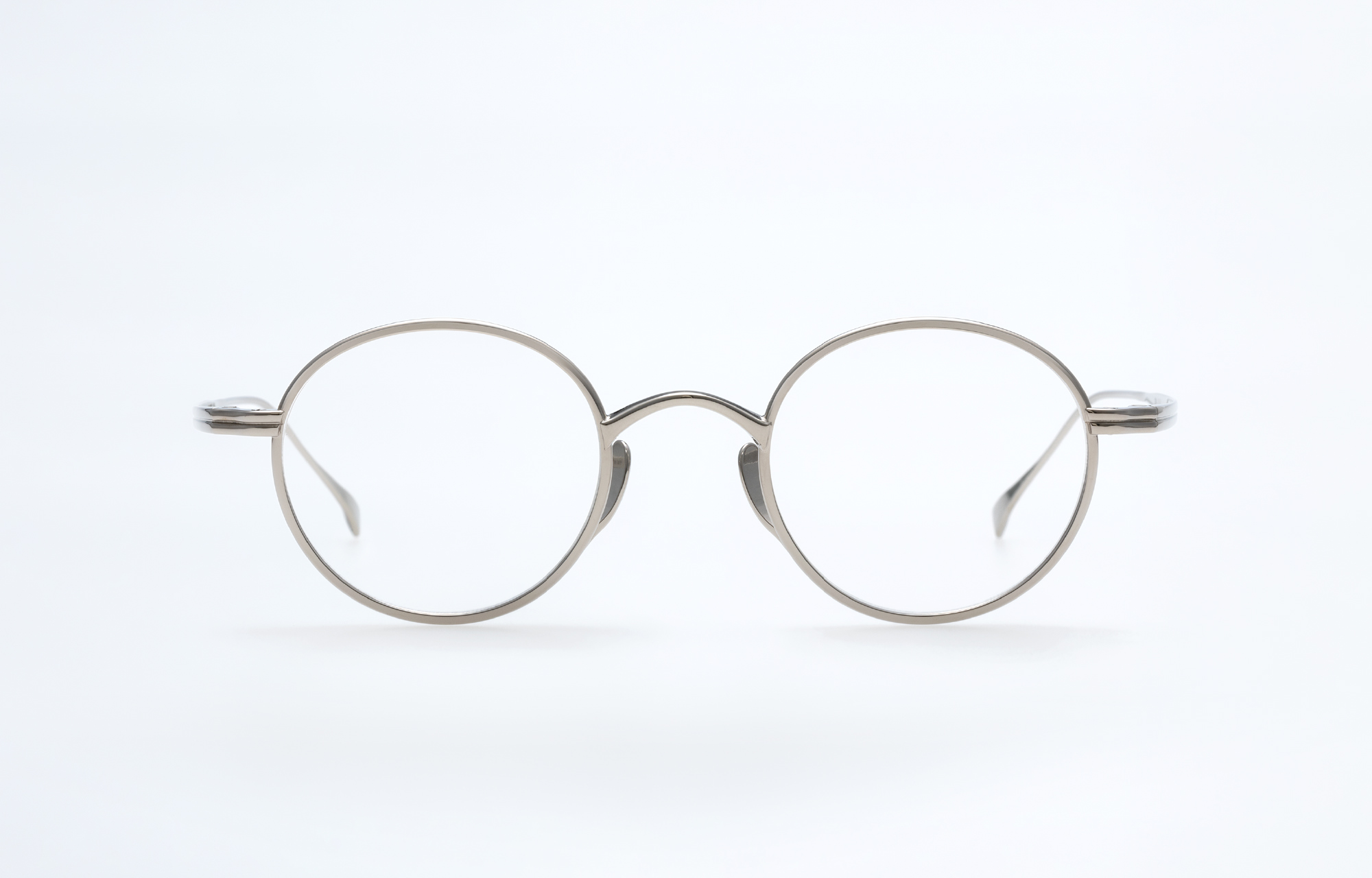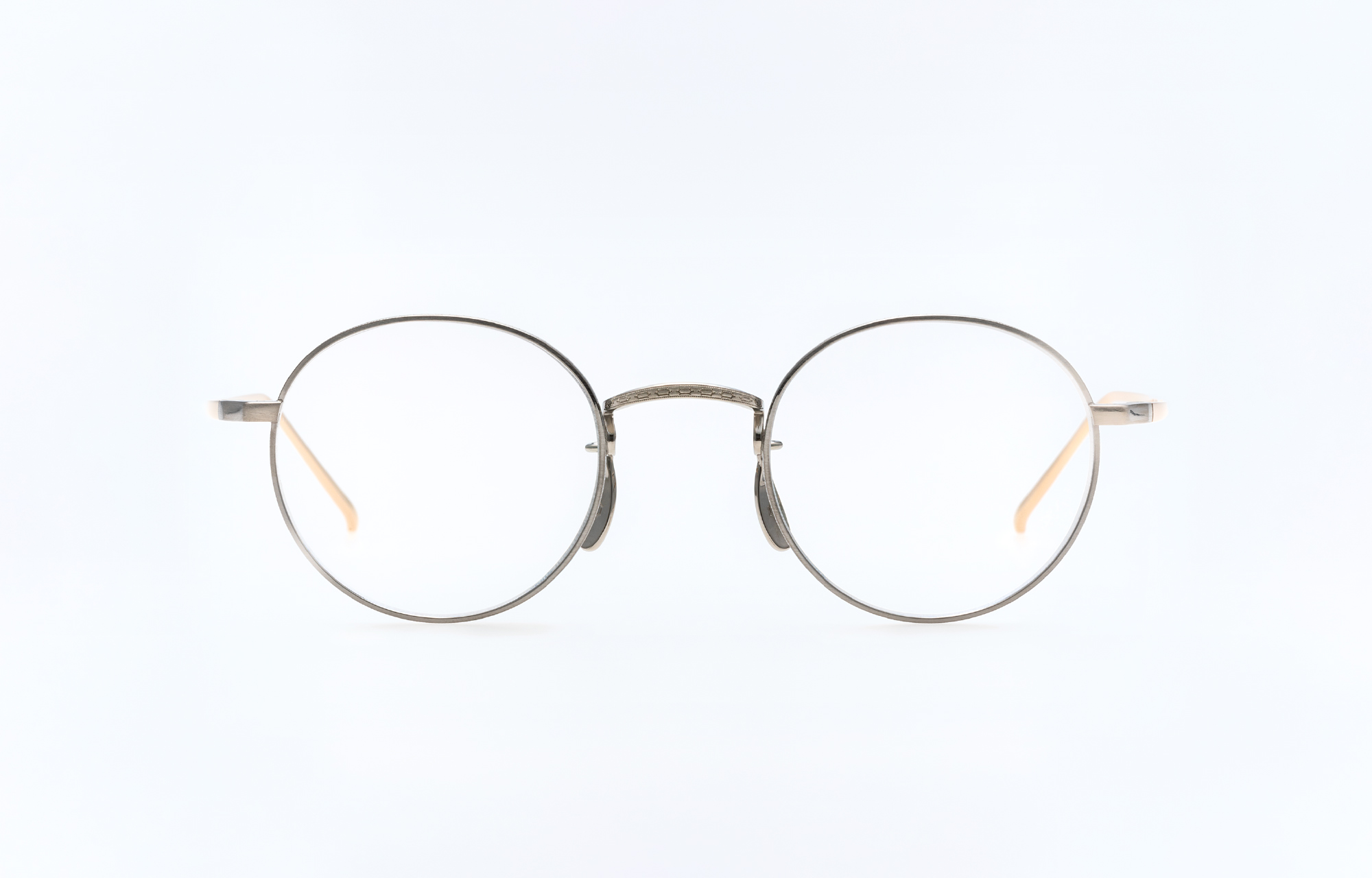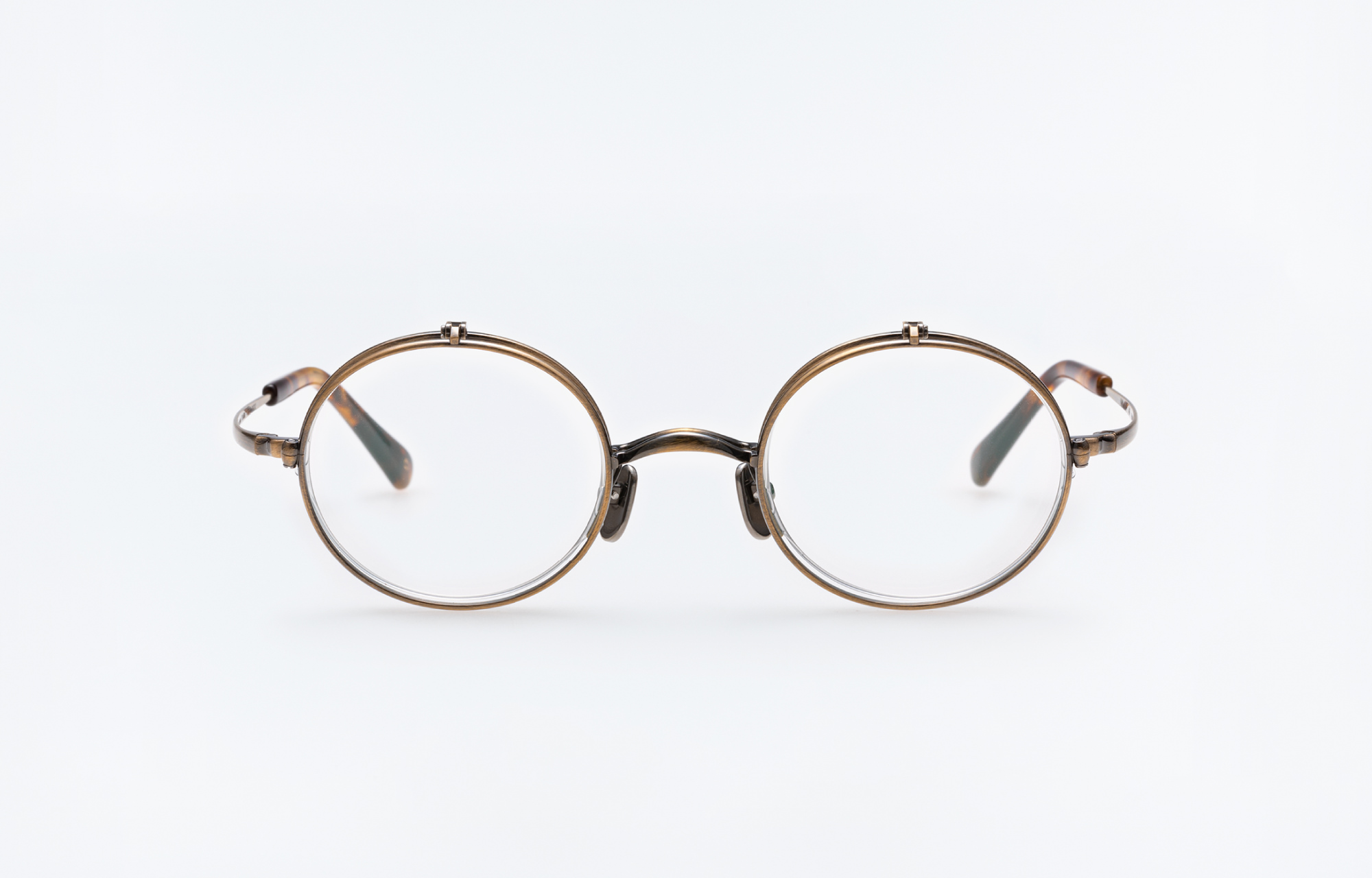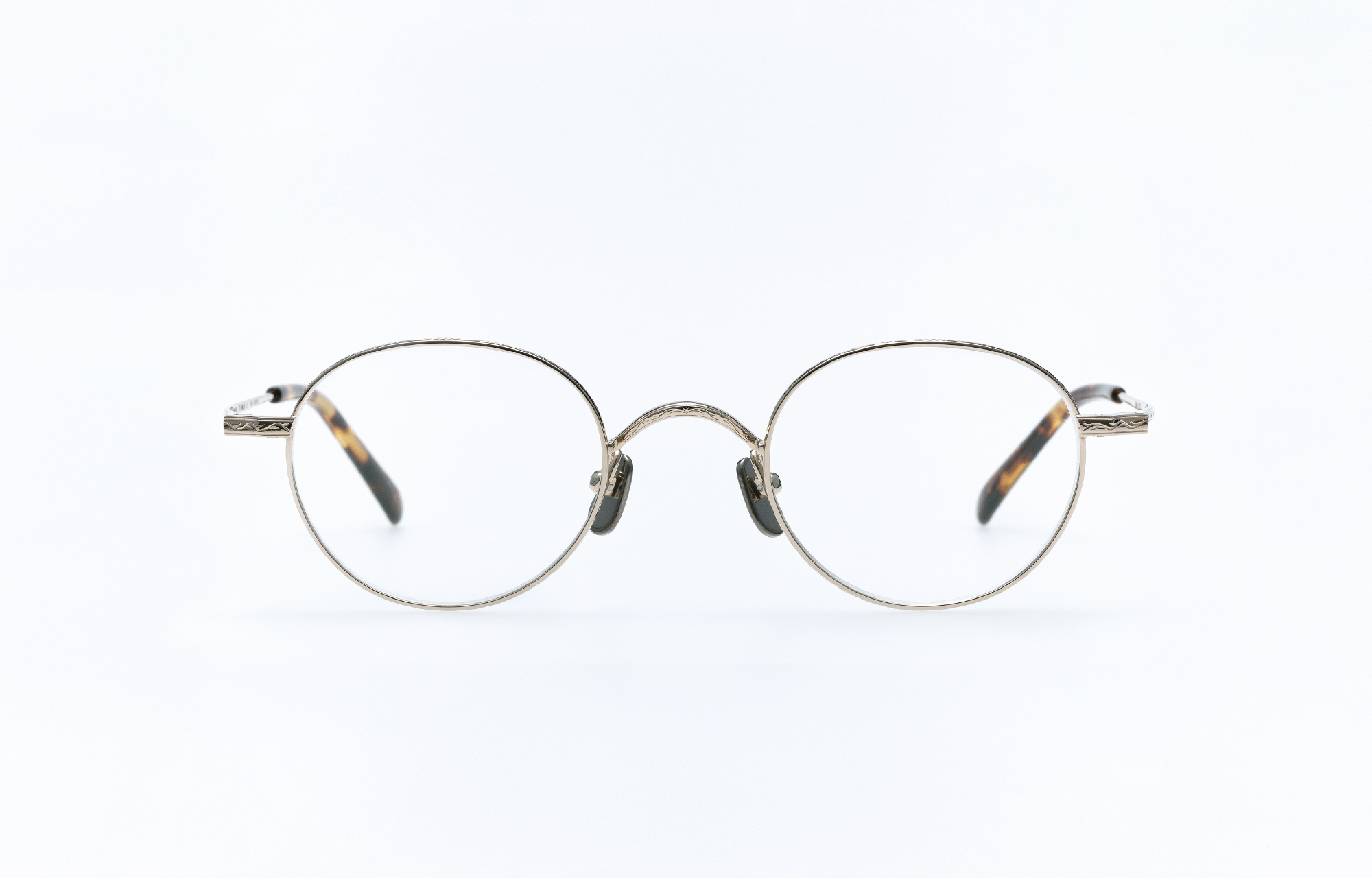POLISHING
Polishing is the final step in the process of making eyewears.
It creates a smooth texture and seamless integration for a frame,
as well as deep shine that determine the comfort of wearing the frames.
This process is essential or the pursuit of the beauty in the cohesive sense of solidity
that forms the crucial part of eyewears from KameManNen.
Polishing is the final step in the process of making eyewears. It creates a smooth texture and seamless integration for a frame, as well as deep shine that determine the comfort of wearing the frames. This process is essential or the pursuit of the beauty in the cohesive sense of solidity that forms the crucial part of eyewears from KameManNen.
"Polishing" that creates a
unified beauty.
"Polishing" that creates a
unified beauty.
The work of polishing can largely be divided into three categories. The first category is "polishing," which removes scratches from metal and increases the gloss. The second category is called "sharling," which adds thin, linear patterns through polishing and is also known as "hairline processing." The third category is called "grinding," which is a process of polishing the area, where the metal frame and acetate (plastic) arm tips are attached, eliminating the step difference and creating a smooth and comfortable sense of unison when worn. If it is just a matter of merging different materials, it is not an exceptionally difficult technique. However, when it comes to aligning various surfaces at the exact same height, the softer material gets inevitably more removed during polishing due to the difference in hardness between the materials. To align this beautifully, sophisticated polishing techniques are essential. The beauty of KameManNen's eyewears are created by Mr. Tajima's fine polishing technique.
The skill of polishing technique
to enhance the beauty of
"curved masses".
Eyewear frames contain not only straight lines but also numerous curved surfaces, and it relies on the skill of an accomplished craftsman to even out the curves as much as possible to create a sense of unity in the design. Among may eyewear frames that he has worked on, Mr. Tajima says that KameManNen’s frames are truly a “mass of curves”. The more curves there are in the eyewear frames, the more difficult it is to polish them. The craftsman carries out his works while feeling the subtle changes in pressure on their hands. Once something has been removed by polishing, it cannot be restored to its original state. If they make a mistake during the finishing polishing process, they have to start over from the very initial step of the production. The job of a polishing craftsman is a battle against such pressure.
A job that cannot be
claimed mastered even after
decades of experience.
The judgment of the finished product is based on visual inspection and the tactile sensation that is transmitted through the hands. In order to maintain sensitivity, the craftsmen typically work with bare hands instead of using gloves. The experienced and skillful workmanship may appear easy to the observer, but even after 40 years in this field, Mr. Tajima admits that he still makes errors. "I can't say that I can always do a job that satisfies myself 100%. Every day is a repetition of learning and failure. It's not a job that anyone can claim to have entirely mastered even with decades of experience," says Mr. Tajima.
Products that use POLISHING
Products that use
POLISHING

